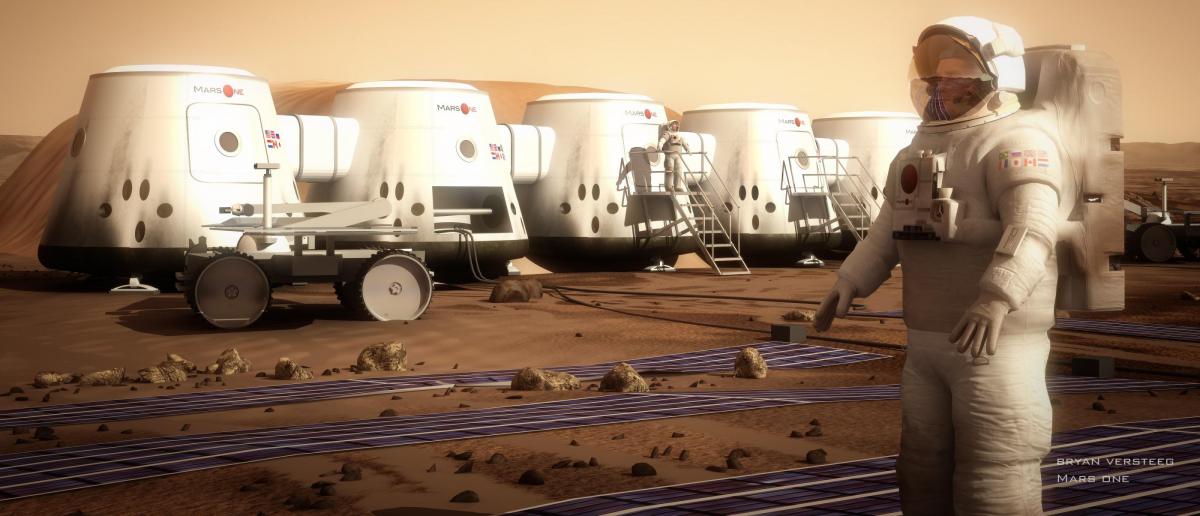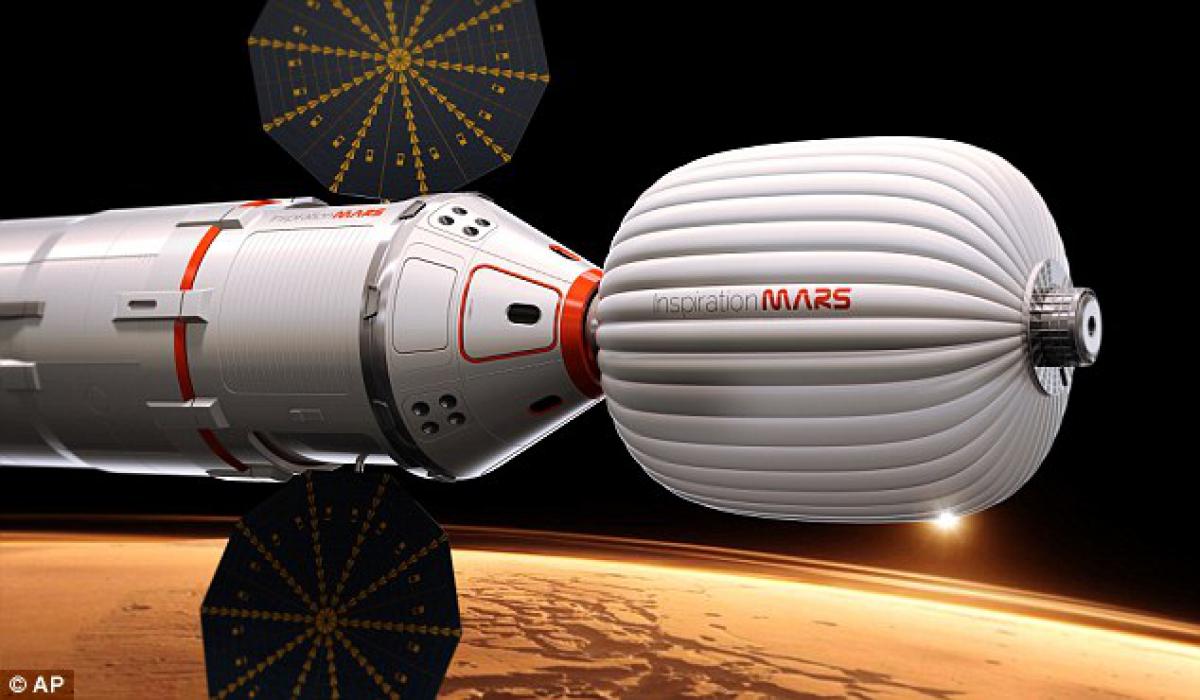
In 1969, Neil Armstrong uttered the most memorable words to mark the astronomical development of humanity:”That’s one small step for man, one giant leap for mankind”. Mars One has decided to make the next giant leap for humankind by establishing a human settlement on the planet Mars. Exploration of the universe has always been a priority of the united human race, and starting a settlement on the fourth planet from the sun will contribute to our digging deeper into the origins of life, the solar system, and the universe as a whole. This mission promises to be an inspiration for future life, achievements and opportunities.
MARS ONE time schedule

The astronomical positions of the two planets(Earth and Mars) are the foundation for the selection of the precise dates and years of the mission. The right timing of funding and finance, of course, is of great significance. So, confirmation by the suppliers has been granted, and it has been promised that all the necessary components will be constructed according to the agreed deadline. Six billion US$ is the total amount of funding needed for the mission. At present, Mars one wishes to obtain just a small part of it, so that the candidate suppliers could be financed to conduct their conceptual design explorations. These are a must for the building of confidence and surety that it is technically possible to send people to Mars and establish a settlement there. Only then potential sponsors and investors will be convinced that it’s worth the try. With the first step, the second one and every other technical step, investors are expected to be more and more convinced in the possibility and good results of this huge initiative. It will be broadly covered by the media, and eventually the interest and revenue for Mars- one mission will increase inevitably. This step-by-step approach involving technical and financial progress, the time schedule is expected to be delivered accordingly. However, there are certain possibilities of failure, involving the launch or the surface component, which will eventually lead to a two-years’ delay.
How will astronauts be selected?

Astronauts will be selected in a process of four rounds.
1.The very first round is about submitting the due application form, motivation letter, a resume, as well as a short video explaining the candidate’s motivation and answering some predetermined questions.
2. Once candidates have made it to round two, they are asked to have their health checked by a physician, and then a medical statement is produced. Mars-one later organizes an individual interview with the candidate.
3. Round three is an international selection round which will be TV broadcast, or shared on-line over the net. The remaining applicants will take part in group challenges followed by a more complicated and profound interview.
4.The final stage of the selection establishes international groups of four; they are required to demonstrate sufficient team work abilities, as well as harsh living conditions
surviving skills. The selected groups will get their first training in a Mars camp. The last round will be broadcast all over the world.
Why four people in a group?

Four represents the variation of skills and abilities necessary for the first settlers on Mars. That’s why every crew heading for mars comprise four individuals. A greater number of applicants in a group will make it more cost-consuming and more complicated to accomplish.Many years of training as a team will precede the very stepping on the aircraft itself. Experts and psychologists will group the teams in a way that they add on and match personal characteristics, ability, skills, and last but not least, create good chemistry within. In cases of illness or some other kind of impossibility or unsuitability for any of the members to voyage to Mars, the group faces the resolution to be expelled from the program or starts from the beginning with a new member.This is the reason why new selections will always be, and restarted trainings will always exist for future missions. That’s how there will always be well-qualified , well-trained and integrated crews available and in a process of preparation to fly to Mars.

Leave a Reply